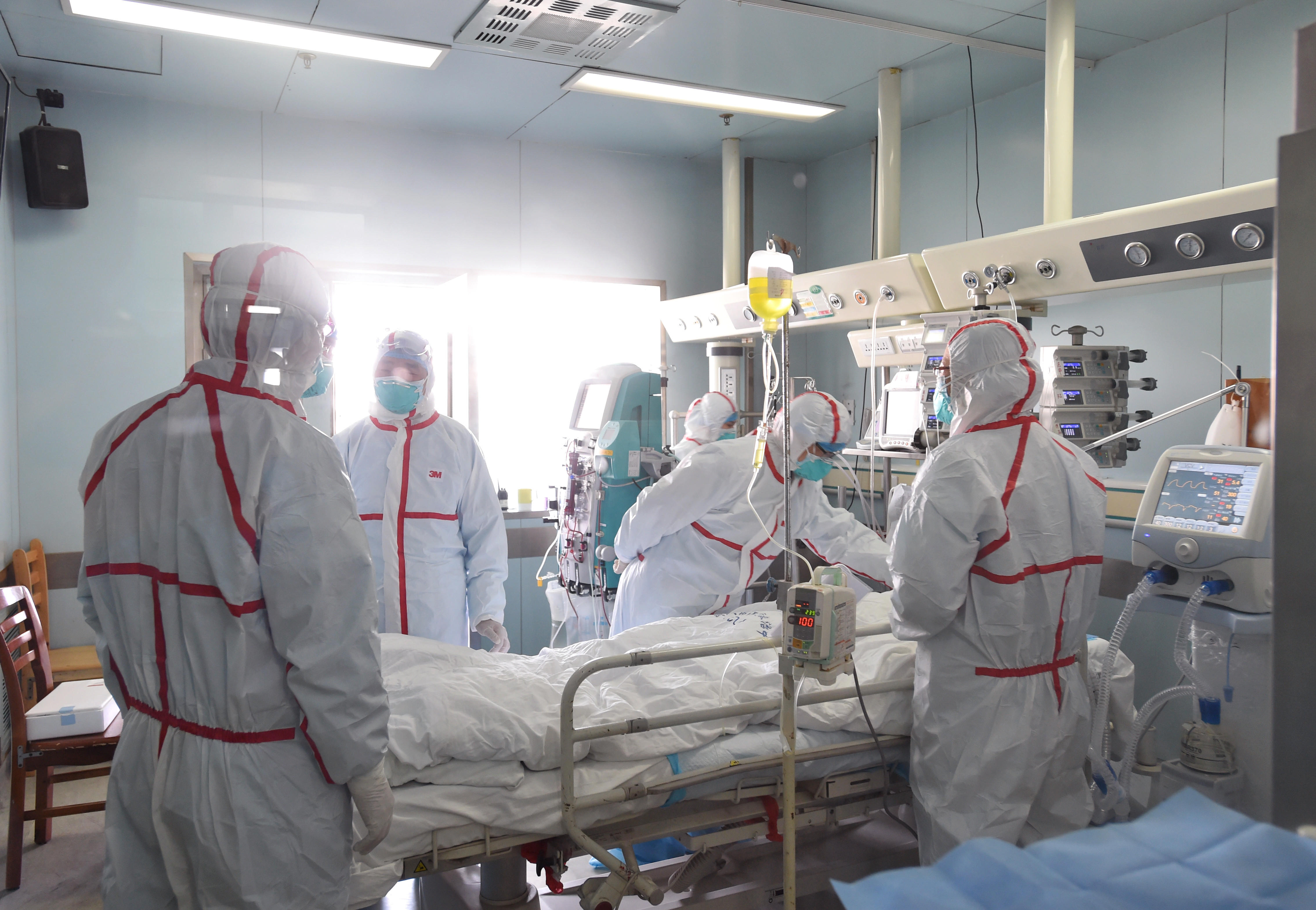The Data
As of May 2023 the case fatality rate was 52.3%. The official WHO statistics can be found here. All seven countries with ten or more cases have reported a CFR of at least one third, 33.3%. This is mostly true on yearly basis as well, with 10.3% (4/39) in Egypt in 2009 being an outlier, followed by 28.7%. The data is quite consistent and based on confirmed H5N1 cases only.
Egypt and Indonesia have reported 64.4% of the cases and 62.8% of the fatalities. However, the CFR for Indonesia is 84.0% while the CFR for Egypt is 33.4%. Taking the available data at face value, we could assume that Indonesia is under-reporting the number of cases. With Indonesia excluded, the CFR would be 43.4%.
The Estimates
H5N1 is poorly adapted to infect mammals. This can lead to false positives due to contamination of nose or mouth without infection. Another aspect are very high doses of viral material in animal experiments, but also in the context of human cases like poultry workers. Those doses are higher than what we would expect in case of a pandemic. The CFR is a complex topic, but unfortunately far from being a statistical artifact.
Indonesia has reported a H5N1 CFR of 84% and 200 cases. The seasonal influenza has a CFR around 0.1%. A comparable H5N1 CFR of 0.084% would require 200.000 H5N1 cases. There was actually a study in Jakarta searching for H5N1 cases in patients with influenza-associated severe acute respiratory infections, but they found only one case of H5N1. Extrapolating from the study and all influenza-associated severe acute respiratory infections, this would result in 91 H5N1 SARI cases per year, while 5 per year were reported during the study period. Those estimates are not reliable and the number of all H5N1 infections is far too small to be conclusive. But this is a real phenomenon, not a lack of reporting.
All countries with significant case numbers report a CFR above 33%. While it is consensus that the "true" CFR, meaning IFR, of the current H5N1 virus is likely lower than 50%, it is mostly expected to be in the double-digits.
Compared to the 1918 pandemic, the most severe influenza pandemic in recent times, those estimates are very high. However, the 1918 influenza pandemic or "Spanish Flu" mostly killed younger people, while typically influenza infections are most lethal for old people. The best explanation for this is a similar virus circulating decades before 1918, leading to immunity in older people. For an H5 virus this is not the case.
Seroevidence and Contamination
Seroevidence, blood samples with antibodies reacting to H5N1, indicates infections not included in the official WHO statistic. Infections included in that statistic have to fulfill uniform standards and a certain amount of infections not observed or reported is to be expected. While a lower CFR would be good news, seropositivity is not always a confirmation of the past or present presence of the virus. For many technical reasons, a small percentage of the blood samples being close to the threshold may not be significant. The human immune system is complex and has a long history of contact with influenza viruses. The results could be caused by heterosubtypic immunity, a immune response to similar influenza viruses. There is also BTN3A3, a very recently discovered part of the human immune system targeting avian influenza viruses, which shows that our understanding is incomplete.
Recently a study about workers on a poultry market in Bangladesh has been published, where workers live and work in the worst possible conditions regarding H5N1 prevention. Despite widespread H5N1 contamination and zero preventive measures, no fatalities have occurred. In fact all the workers with positive H5N1 respiratory swabs continued to work and didn't develop any H5N1 antibodies.
There is serologic evidence from the 1997 Hong Kong outbreak that can't be disputed so easily. It is however assumed that the virus has changed significantly since then. While there may be asymptomatic cases where human exposure to the H5N1 virus resembled a vaccination with a live attenuated virus, there is no conclusive evidence of that. Additional infections are not confirmed beyond doubt and the issue remains controversial.
What matters most is what an H5N1 pandemic would look like. And for a pandemic to happen, the virus would have to change to become a lot more infectious. And the more infectious virus may be less virulent.
The Outlook
The idea of a "true CFR", meaning the infection fatality rate IFR, is a bit misleading as the CFR discussed is about the current form of the virus. What we really want to know is the IFR of a future virus that has adapted to infecting the upper airways of humans. Since there are no gain-of-function experiments with humans, we can only speculate based on the current CFR and animal studies.
The good news is that all ferrets from the Fouchier et al. gain-of-function study survived the infection. Infections of the upper respiratory tract also tend to be less dangerous than infections deep in the lungs. However, H5N1 has the tendency to spread from the nasal epithelial cells to the central nervous system and cause neurological issues.

